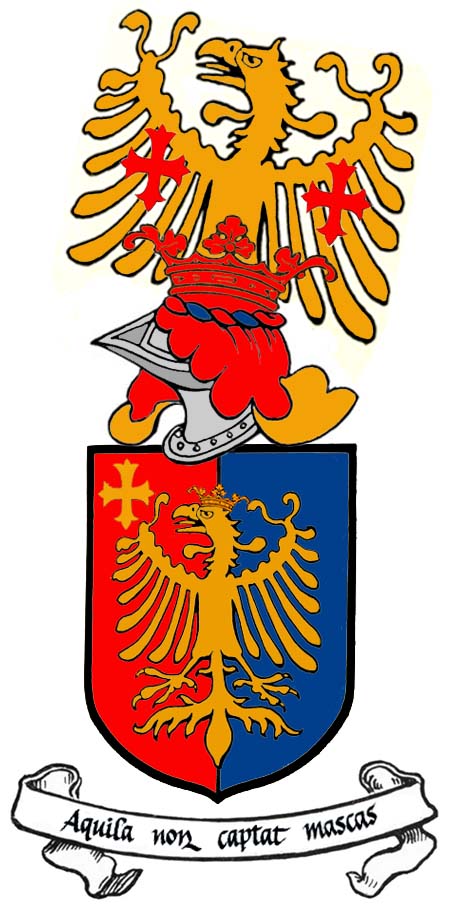© Donal G. Burke 2013
Cloghan castle in Lusmagh, formerly part of O Madden’s east Galway territory of Síl Anmchadha until its inclusion in the King’s County in the mid seventeenth century, was acquired by the eminent surgeon Robert James Graves, son of Dean Richard Graves and his wife Elizabeth Mary Drought, in 1852. The following year he died at his house in Dublin.
The Graves family in Ireland was descended from Colonel William Graves, an Englishman who came to Ireland in the mid-seventeenth century as an officer in the Parliamentary army about 1649 or 1650 in command of a regiment of horse. While he returned to England after the Restoration, two of his sons remained in Ireland, one of whom founded a family established in the north of Ireland and another, whose family became established about Limerick. From the latter descended Dr. Robert James Graves.[i]
Robert James Graves was married three times. With no surviving children from his first two marriages, he had six children by his third wife, Anna, daughter of Rev. William Grogan of Slaney Park and his wife Anne Saunders and his family remained in possession of the Cloghan Castle estate until the early years of the twentieth century.
Robert Graves widow Anne lived until 1873 at which time their second son Colonel William Graves succeeded to Cloghan, their eldest son, the Reverend Richard Graves, having died in 1871. Colonel William Graves, born in 1836, had, by his wife Georgina Marshall, two sons, Robert Kennedy Grogan Graves and William Geoffrey Plantagenet Graves and died in February of 1890.
The arms of Robert Kennedy Grogan Graves, gentleman, of Cloghan Castle, Banagher, King’s County, born on the 1st January 1878, the eldest son of Colonel William Grogan Graves Esq., J.P., and D.L., High Sheriff, Lieutenant Colonel commanding the 82nd South Lancashire Regiment by his wife Georgina, second daughter of Rev. Joseph Marshall, Esq., Royal Navy, J.P., of Baronne Court, County Tipperary, Baron de Prigny de Querieux in France, was given as ‘Per pale Gules and Azure, an eagle displayed, ducally crowned Or, in the dexter point a cross patonce of the last.’ On mantling of Gules and Or the crest was given as ‘on a wreath of the colours, a demi-eagle displayed and erased Or, encircled round the body below the wings with a ducal coronet Gules, each wing charged with a cross patonce also Gules’ and for motto ‘Aquila non captat mascas.’[ii]
The arms of Robert Kennedy Grogan Graves, gentleman, of Cloghan Castle, parish of Lusmagh, King’s County, born in 1878, after Fox-Davies ‘Armorial Families.’
One Lieutenant Alan Percy Graves, only son of Anthony Elly Graves of Rosbercon Castle and Rockenham, County Waterford, of a different line of the name than that of Cloghan Castle, was confirmed arms in December 1940 of ‘Vert, an eagle displayed, ducally crowned Or, beak and talons Argent.’ For crest, on a wreath of the colours, an eagle displayed, ducally crowned Or, beak and talons Argent and for motto ‘Aquila non captat mascas.’ [iii]
[i] Carleton, H., Genealogical and family history of the State of Vermont, Genealogical Publishing Company, 1998, p. 124. Colonel William Graves was son of Richard Graves of London, born in 1572 and who died in 1626, the son of John Graves of Bearnsley in West Riding in Yorkshire, who was born in 1513 and who settled in London at the age of eighty years and who is reputed to have died at the age of one hundred and three years in 1616.
[ii] Fox-Davies, A.C., Armorial Families, a directory of gentlemen of coat-armour, 5th edition, Edinburgh, T.C. & E.C. Jack, 1905, p.570.
[iii] Dublin, National Library of Ireland, Genealogical Office, Ms. 111F, Folio 199.


